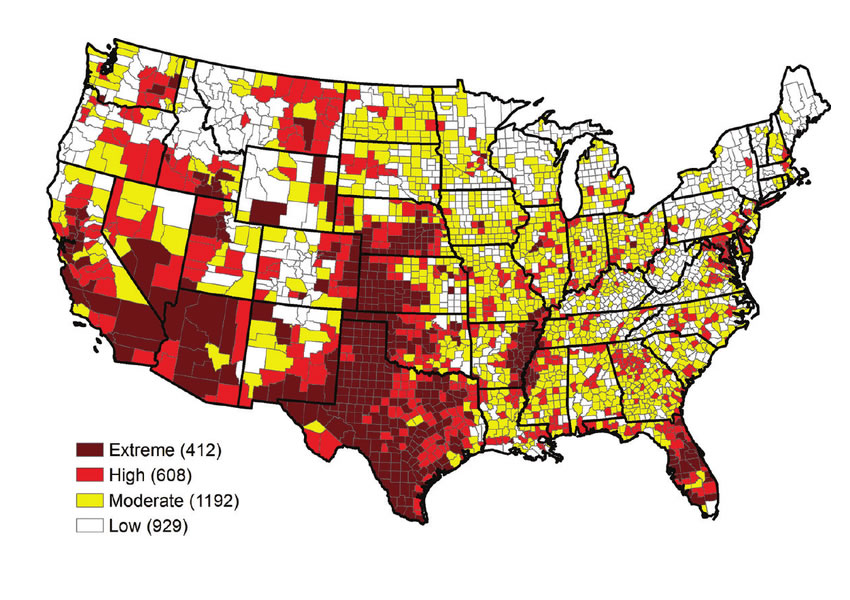Turning a Problem into a Resource: Groundwater Seepage, Basement Flooding, and the Power of Groundwater Reuse
Groundwater Seepage, Basement Flooding, and the Power of Groundwater Reuse
In many urban areas, groundwater seepage is more than just an annoyance—it’s a persistent challenge for building owners and developers. Whether it’s basement groundwater infiltrating below-grade structures or nuisance water accumulating in mechanical rooms, groundwater can cause costly damage and require extensive waterproofing measures.
But what if, instead of fighting groundwater, buildings could recycle it?
Groundwater Seepage: A Common but Overlooked Opportunity
Groundwater is especially prevalent in older cities built over filled-in land, where water naturally percolates through loose soils and finds its way into foundation walls and sump pits. This basement groundwater often results in continuous pumping to storm drains or sanitary systems—wasting a resource and increasing utility and sewer costs.
Traditional mitigation strategies typically involve positive-side waterproofing, bathtubbing, or full encapsulation of the basement structure. These methods are costly, complex, and often reactive.
Instead of encasing your building in waterproofing membranes and drainage mats, there’s a smarter, more sustainable approach.
Groundwater Reuse and Recycling: A Smarter Approach
Wahaso offers groundwater recycling systems that capture, filter, and treat groundwater for non-potable applications like:
- Cooling tower make-up
- Irrigation
- Toilet flushing
- Water feature replenishment
By turning nuisance water into usable water, buildings can drastically reduce their municipal water usage and sewer discharge fees—saving thousands annually.
This approach not only offsets water costs but can also eliminate the need for aggressive waterproofing measures. When groundwater is removed at the point of entry and reused on-site, the pressure behind basement walls is relieved, reducing or even eliminating seepage.

Designed for Complex Groundwater Conditions
One of the challenges with groundwater reuse is the variability of contaminants. Wahaso’s systems are engineered to address a wide range of water quality concerns, including:
- Hard water with elevated calcium and magnesium levels
- Silica, which can cause scaling in mechanical systems
- Heavy metals that may exceed reuse thresholds
- Sediment and fine particulate matter
Our modular filtration and treatment platforms can be customized to address the specific chemistry of the groundwater, ensuring compliance with local codes and protecting downstream equipment.
From Risk to Resource: Why More Buildings Are Embracing Groundwater Recycling
More developers, property managers, and engineers are now viewing groundwater recycling not as an added complexity, but as a cost-saving opportunity and environmental win. Wahaso’s systems are low-maintenance, fully integrated with building automation platforms, and eligible for sustainability certifications like LEED.
Ready to Rethink Groundwater?
If your project is dealing with groundwater seepage or chronic basement groundwater issues, let’s talk. Wahaso can help you assess the opportunity for groundwater reuse, avoid costly waterproofing strategies, and implement a system that starts saving money from day one.
Since 2004
Wahaso Mission
Our mission at Wahaso is to help municipalities and commercial property owners reduce the impact of their buildings on the environment through innovative and sustainable water practices.




